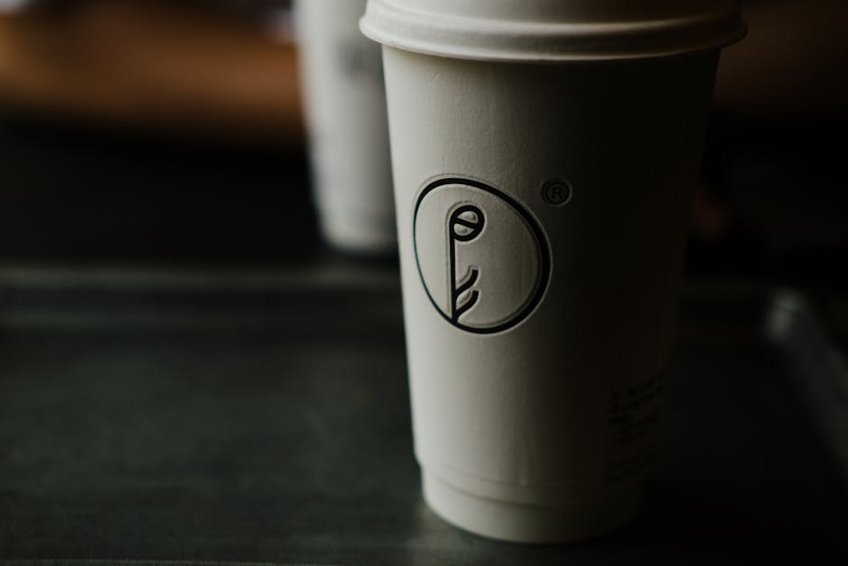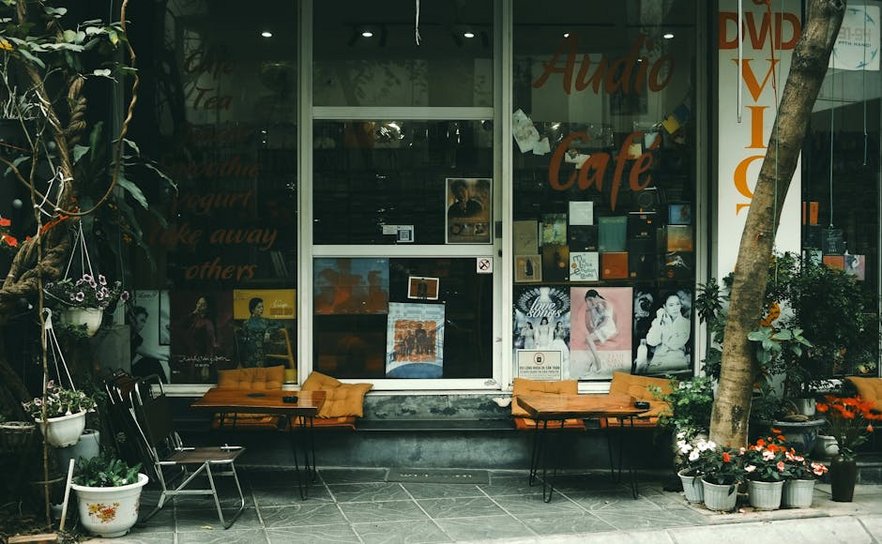Vietnam Hanoi Coffee Culture: A Rich Brew of Tradition and Taste
Vietnam Hanoi coffee culture immerses you in a world where every cup tells a story, blending French colonial influences with unique local twists like egg coffee and robusta beans. The capital’s narrow alleyways and bustling streets host countless cafes, from hidden family-run spots to modern roasteries, offering an authentic glimpse into daily Vietnamese life. This guide explores the best coffee shops, traditional brewing methods, and insider tips to fully experience Hanoi’s vibrant coffee scene.
Essential Vietnamese Coffee Information
Vietnamese coffee history dates back to the 19th century when French colonists introduced coffee plants, creating a distinct industry focused on robusta beans. Hanoi specifically developed its own coffee identity through decades of innovation, resulting in signature drinks like ca phe sua da and the famous egg coffee. The city’s coffee culture represents a perfect blend of historical influence and modern creativity.
Traditional brewing methods remain central to the experience, using small metal phin filters that slowly drip coffee into cups. This process allows the strong, dark robusta coffee to develop its full flavor profile, often balanced with sweetened condensed milk. Coffee shops range from street-side plastic stools to elegant multi-story cafes, each offering a different perspective on local life.
Key Coffee Types and Their Origins
Understanding these varieties helps you navigate menus and discover personal favorites during your exploration.
- Ca Phe Sua Da features strong dark roast coffee poured over ice with sweetened condensed milk, creating Vietnam’s most iconic refreshment.
- Ca Phe Trung or egg coffee combines whipped egg yolk, condensed milk, and coffee into a creamy, dessert-like beverage invented in Hanoi during wartime milk shortages.
- Ca Phe Den serves pure black coffee either hot or iced, highlighting the bold, chocolatey notes of Vietnamese robusta beans without sweeteners.
- Budget travelers spend $15-25 daily, staying in hostels and enjoying street coffee for $1-2 per cup while using public transportation.
- Mid-range visitors allocate $35-50 daily for boutique hotels, multiple cafe visits at $2-4 each, and occasional taxi rides between districts.
- Luxury experiences cost $70-100+ daily, featuring premium hotels, private coffee tasting sessions at $15-25, and customized tours with expert guides.
- Vietnam Tourism Official Site
- Lonely Planet Hanoi Guide
Historical Development and Cultural Significance
French colonization in the 1850s established Vietnam’s coffee industry, initially focusing on arabica beans in the Central Highlands. Post-war periods saw innovation flourish, particularly in Hanoi where resourcefulness led to creations like egg coffee using available ingredients. Today, coffee represents both social connection and economic opportunity, with Vietnam ranking as the world’s second-largest coffee producer.
The phin filter brewing method became standardized across generations, allowing families to maintain consistent flavor profiles in home and commercial settings. Coffee drinking transitions throughout the day, from morning fuel to afternoon social rituals and evening relaxation. This cultural integration makes understanding coffee essential for appreciating Vietnamese daily life and hospitality customs.
Regional Variations Within Vietnam
Northern styles around Hanoi typically feature stronger, more bitter profiles with less sweetness compared to southern preparations. Central Highlands plantations supply most beans, but Hanoi’s roasting techniques emphasize darker, more intense flavors that stand up well to condensed milk. Southern coffee culture in Ho Chi Minh City often incorporates more sugar and creamier textures, while Hanoi maintains a purer, stronger approach.

Alt: “hanoi-old-quarter-coffee-shop-traditional-brewing”
Planning Your Vietnam Hanoi Coffee Culture Trip
Your Vietnam Hanoi coffee culture adventure requires strategic timing between October and April when temperatures range from 65°F to 80°F (18°C to 27°C). These months offer comfortable cafe-hopping conditions with lower humidity and minimal rainfall, perfect for exploring both indoor and outdoor establishments. Budget approximately $25-40 daily for mid-range experiences including multiple cafe visits, local meals, and convenient transportation.
Focus your itinerary on Hanoi’s Old Quarter and West Lake areas, where historic cafes cluster alongside modern specialty roasters. Pre-book popular coffee workshops through reputable operators like Hanoi Street Food Tours for authentic experiences. Allow 3-4 full days to properly immerse yourself in the coffee scene while balancing other cultural attractions like Hoan Kiem Lake and the Temple of Literature.
Best Time to Visit Hanoi for Coffee Culture
Visit Hanoi between October and December for ideal coffee exploration with temperatures from 68°F to 75°F (20°C to 24°C) and minimal rain. These autumn months provide perfect conditions for sitting at outdoor cafes while enjoying the city’s vibrant atmosphere. February through April offers warmer weather around 70°F to 80°F (21°C to 27°C) with blooming flowers creating beautiful backdrops for your coffee experiences.
Summer months from May to September bring high humidity and temperatures reaching 90°F (32°C), though iced coffee varieties provide refreshing relief. The rainy season peaks July-August with brief afternoon downpours, making indoor cafe visits more practical. Shoulder seasons provide good value with fewer tourists and comfortable cafe-hopping conditions throughout the day.
Budget Planning and Costs
Your coffee culture budget varies significantly based on accommodation choices and dining preferences.
Essential Preparation Checklist
Pack lightweight, breathable clothing suitable for Hanoi’s climate, including a light jacket for air-conditioned cafes and evening temperatures. Bring comfortable walking shoes for exploring the Old Quarter’s uneven streets and multiple cafe locations. Include a reusable water bottle to stay hydrated between coffee stops and basic medications for any stomach sensitivity to strong coffee.
Secure your Vietnam visa through the official e-visa portal at least two weeks before travel for most Western passport holders. Book accommodations in the Old Quarter or French Quarter for optimal access to historic coffee shops and modern cafes. Download the Grab app for convenient transportation between cafe districts and carry both USD and Vietnamese Dong for cash payments at traditional establishments.
Top Coffee Experiences and Attractions
Hanoi’s coffee scene offers diverse experiences from century-old establishments to innovative modern cafes pushing creative boundaries. The Old Quarter alone contains hundreds of coffee shops within walking distance, each with unique character and specialty drinks. Beyond simply drinking coffee, visitors can participate in brewing classes, bean roasting demonstrations, and cultural workshops.
Neighborhood exploration reveals distinct coffee personalities, from the historic charm of Hoan Kiem district to the artistic vibe of Tay Ho area. Many cafes double as art galleries, live music venues, or community spaces, providing deeper cultural immersion. Local favorites often hide in narrow alleyways or upper floors of traditional tube houses, rewarding curious travelers with authentic experiences.
Must-See Coffee Shops and Historic Cafes
Giảng Cafe serves the original egg coffee in a humble setting near Hoan Kiem Lake, maintaining the recipe since 1946. Cafe Pho Co features multiple levels with stunning lake views accessed through a silk shop, creating a memorable hidden gem experience. Cong Caphe offers communist-themed decor with excellent coconut coffee across several Hanoi locations, popular with both locals and visitors.
Loading T Cafe occupies a beautifully restored French colonial building with live classical music enhancing the sophisticated atmosphere. The Note Coffee covers every surface with colorful sticky notes from visitors worldwide, creating an interactive, joyful environment. These establishments represent just a sampling of Hanoi’s diverse coffee shop landscape, each contributing to the city’s rich caffeinated culture.
Hidden Gems and Local Favorites
Discover smaller neighborhood cafes in the Truc Bach and West Lake areas where locals gather away from tourist crowds. These spots often feature unique house specialties and more personalized service at lower prices than central locations. Second-floor cafes throughout the Old Quarter provide peaceful retreats from busy streets below, many with balcony seating perfect for people-watching.
Early morning visits to local markets reveal makeshift coffee stands serving construction workers and shop owners starting their days. These authentic experiences cost just 50-75 cents and offer genuine interaction with Hanoians. Evening coffee culture thrives around Ho Tay (West Lake) where modern cafes feature innovative drinks alongside traditional favorites in relaxed settings.
Coffee Tasting Workshops and Cultural Classes
Several operators offer hands-on coffee workshops teaching traditional phin filter techniques and modern brewing methods. These 2-3 hour sessions typically include bean selection education, grinding practice, and multiple tasting comparisons. Participants learn to identify flavor profiles and proper preparation methods while gaining appreciation for Vietnam’s coffee production chain.
Advanced classes explore latte art, cold brew variations, and cocktail-inspired coffee creations blending traditional and contemporary approaches. Most workshops provide take-home materials including filters and local beans, allowing you to recreate authentic Vietnamese coffee after returning home. Booking through established schools ensures quality instruction and proper equipment for the best learning experience.
Practical Travel Information for Hanoi
Hanoi offers diverse accommodation options from hostels to luxury hotels, with the most convenient locations in the Old Quarter and French Quarter. Transportation relies on taxis, ride-sharing apps, and walking for most central attractions, while public buses serve farther destinations. The city’s compact layout makes cafe-hopping efficient, with many top-rated spots within 15-20 minutes walking distance of each other.
| Category | Options/Features | Price Range (USD) |
|---|---|---|
| Accommodation | Hostels, boutique hotels, international chains with breakfast included | $15-150+ |
| Transportation | Taxi, Grab app, public bus, walking between central cafes | $2-15 daily |
| Food & Drink | Street food, local restaurants, cafe visits, bottled water | $8-25 daily |
| Activities | Coffee workshops, museum entries, cultural shows, day trips | $5-40 per activity |


